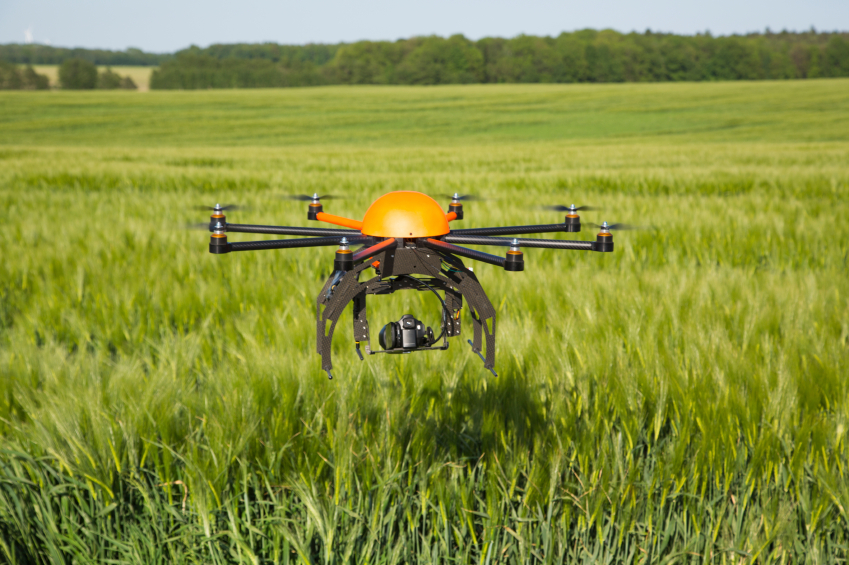Questions for Drones Put Spying Eyes in the Sky

ROBERTMANDEL/ ISTOCKPHOTO
SCIENCE
Before reading
1. Robots are useful in doing jobs that are too dull, dirty or dangerous for people. What are some tasks that fit that description that could be performed by a robotic, unpiloted aircraft?
2. List some examples of what a bird’s-eye view can reveal that you cannot see from the ground.
During reading
1. What is a drone?
2. List the main types of drones and explain how they differ.
3. What threats do rhinos face and from what or whom?
4. What factors lend themselves to the greater availability and use of drones?
5. What does the USGS use the Raven A to do? What type of information does it provide?
6. When is the best time to spot animals using a thermal camera? Explain why.
7. Provide some examples of dangerous jobs that scientists use drones to perform.
8. How does Thomas Snitch use math to increase the effectiveness of a drone to fight poaching?
9. Why would farmers be interested in pinpointing insect damage on their fields?
After reading
1. Brainstorm a list of potential scientific applications for drone technology.
2. Some drones can hover, like a helicopter. Others fly like conventional planes. Explain which type you would use to: 1) map your hometown; 2) count migrating whales; 3) monitor the spread of a forest fire; or 4) film a volcanic eruption.
SOCIAL STUDIES
1. A drone can give its user a bird’s-eye perspective, quickly, cheaply and often stealthily. That last point can raise privacy concerns. When or where do you think it would be inappropriate to fly a drone equipped with a camera? Should there be limits on the use of drones? Explain the reasons for your answer.